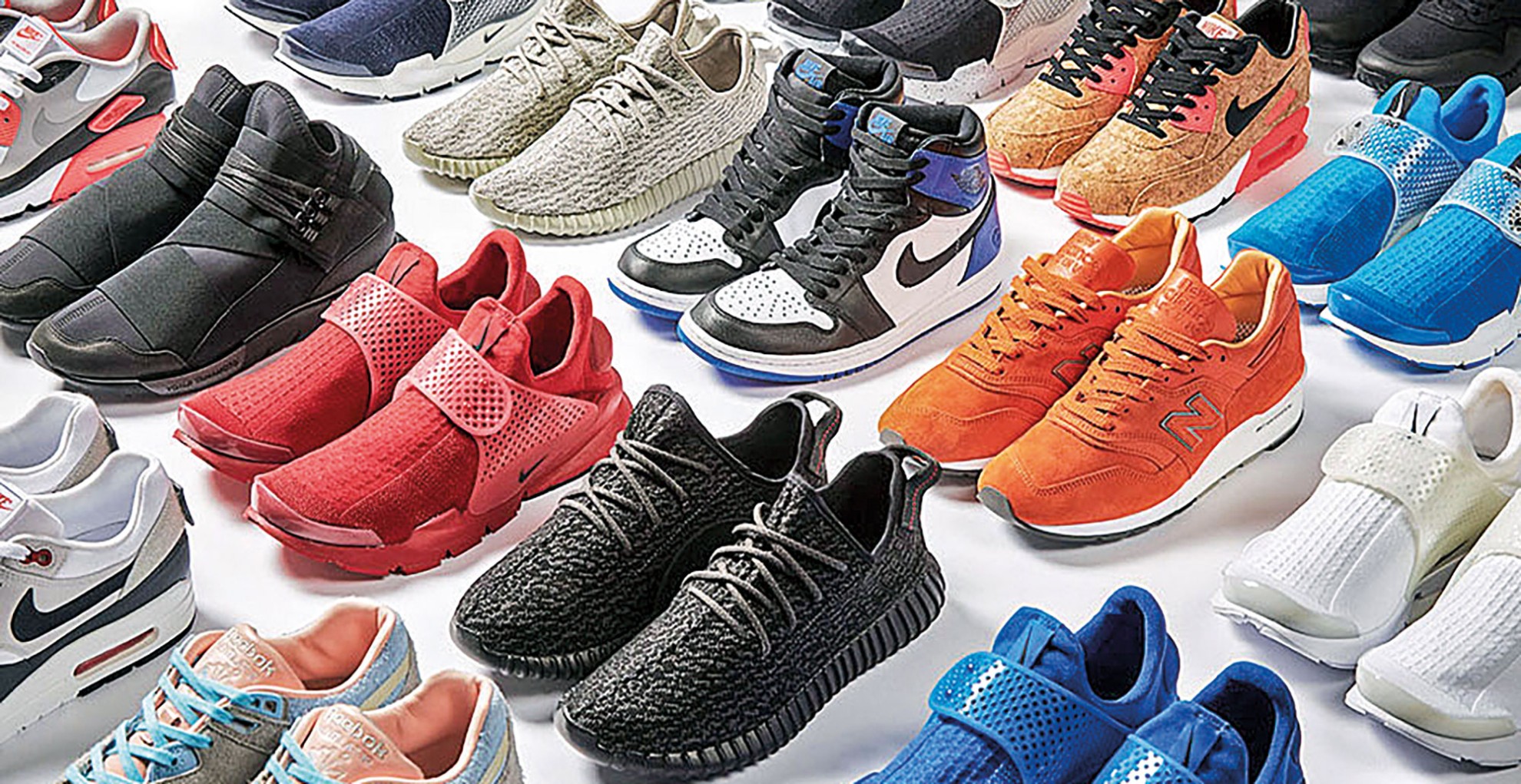Through its latest survey carried out with recognized references and experts in the world footwear sector, with the contribution of related entities,
WORLD FOOTWEAR has released the results, which allow obtaining an updated panorama of the main items that make up the industry and their projection.
Optimistic outlook
In the initial considerations, the report indicates that after the difficulties caused by the pandemic in 2020, in 2021 encouraging recovery expectations were opened from the first semester. The latest projections from the International Monetary Fund and the World Bank estimated that the highest growth in world GDP in the last 80 years would be in 2021.
Despite the obstacles in vaccination and the additional waves of COVID-19 hampering the normalization process, the overall outlook for the survey is optimistic. Most of the interviewees pointed out that in the next six months the quantity of footwear sold will increase along with the prices, which is a positive evolution compared to the forecasts of months ago.
Shortage and rising prices
The recovery in demand, together with the difficulties in the supply chain that are affecting the world economy, put pressure on the shoe business. The cost of goods or raw materials, as well as human resource problems, are now the main drawbacks for the industry.
84% of those consulted believed that the increase in the prices of materials and services, promoted by the slowdown in global supply chains, shortages and increased costs, will be one of the main difficulties in the coming months. Added to this are new virus outbreaks and blockades that restrict the availability of human resources, with the consequent increase in prices.
Moderate growth and shopping trends
Asked about the evolution of footwear consumption in 2022, most of the panel members expect moderate growth (between 1.5% and 5%) compared to pre-pandemic levels. If these forecasts are correct, footwear consumption will grow 3.3% in Oceania, 3.2% in South America, 2.4% in Asia, but only 1.8% in Europe and 1, 2% in Africa, and it will fall 3.6% in North America, this year, on average.
Regarding the main trends, the opinions of the experts on the evolution of the market share of the different types of footwear, during the next 3 years, predict a strong expansion of sports and similar products, while they are pessimistic about the future of classic leather footwear.

The new lifestyle habits indicate a greater preference for sports products, over classic and formal lines.
Online channels and fashion factor
Regarding commercialization, where many stores had to adapt to digital sales, in inquiries about the evolution of retail channels for the next 3 years, 70% responded that general, multi-brand and own-brand online sales will increase considerably.
Opinions also agreed that, although price is still important when buying footwear, the fashion factor has grown within that decision, even above purchasing power.
Average export prices
Taking into account that the average price of a pair of export footwear between 2011 and 2020 increased by 33.8%, going from US $ 7.75 to US $ 10.37, this time a forecast of increases until 2025 was requested. The majority reported a rise of 20% that would place the average price at US $ 12.44.
RELATED ARTICLE:
The demand for sports shoes will increase



